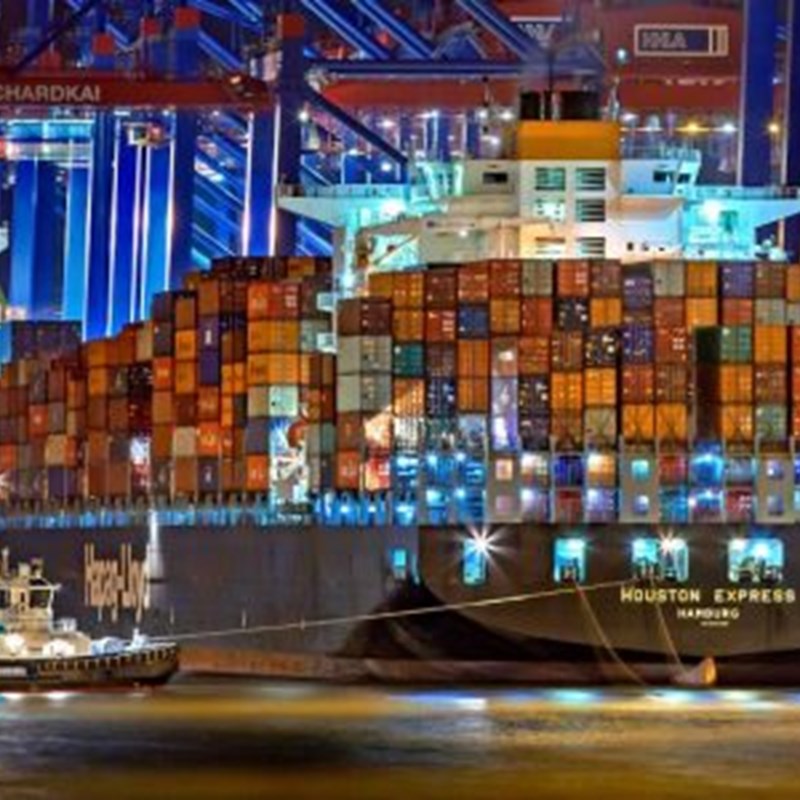
With global trade currently accounting for around 58% of global GDP and the logistics sector representing 10-15% of GDP alongside that (up to 30% within certain individual countries), securing global supply chains is becoming a top priority for many companies. (Source: World Bank Data and OECD STAN Data)
Across the globe, companies are eager to tackle one of the most costly and complex issues within international supply chains – asset loss. Global instability, both financial and political, has increased the perception of risk for global supply chains in recent times. With estimated cargo loss at about $60 billion in 2016 and 30% of all perishable goods spoiling before reaching their destination, rigorous management of assets is a growing concern for boards and insurance providers. (Source: Intel newsroom)
The most common solutions deployed by companies to tackle asset loss include the introduction of asset logs or an increase in manual audits or quality checks. These manual workarounds can reduce supply chain efficiency considerably, slowing down delivery timescales and adding pressure to staff and their budgets. Commonly, organisations put pressure on the areas where loss is identified, rather than where it actually occurs. This can result in the misidentification of the root causes of loss, such as theft, which in turn leads to more wasted time and resources. The challenge facing global companies is how to reduce loss in a cost effective way, without having to amend the physical process within global supply chains in a negative way, and without experiencing a decrease in efficiency and a related increase in indirect costs.
Solving the problem requires the effective tracking of assets throughout the entire supply chain. Current tracking solutions are expensive (often around $200 for a single tracker) which means tracking is a cost-effective option only for the most valuable shipments. Some companies find it cheaper to accept a marginal amount of ‘shrinkage’ (theft or damage) rather than investing in trackers. Although the impact on the bottom line may appear to be less with this ‘head in the sand’ approach, often only direct costs are considered and the full picture may be more serious. However, the high cost of the currently available individual trackers does require the implementation of a robust reverse logistics loop in order to ensure the safe return of the tracking devices themselves. Additional costs of total loss, breakage, or loss of deposit may be incurred because of this.
But good news is almost here. Affordable and effective technology designed to tackle these issues is just around the corner. From start ups using crowdsourcing platforms to global corporations of scale, tech companies of all shapes and sizes are in the race to tackle this global problem. By reducing the costs of the tracking components themselves, and by ensuring global coverage through secure and reliable connectivity partners, companies will soon be able to keep a close eye on their assets from the beginning to the end of their supply chains. Technologies including low-cost, low-energy wireless mesh systems, RFID and WiFi or Bluetooth-connected beacons can be combined with global cellular coverage and satellite technology to track shipments of any size. The exact location of a product can be pinpointed wherever it is in the world – at sea, in the air, or in a warehouse or depot, and if needed, tracking can continue all the way to the consumer or retail outlet.
Of course, tracking assets isn’t just about getting shipments to their destination on time. Collecting data and developing metrics based on analysis of the accuracy and efficiency of your supply chain can enable you to reduce costs and improve timelines. Leveraging the information you can collect through connected assets could become a key factor in future success.
A tailored approach to tracking assets will enable companies to keep their focus on the root causes of asset loss, and consistent and robust global connectivity will provide a more reliable platform for accurate monitoring.
With some companies reporting losses of up to 15% of revenues, and others with no clear idea of how much damage asset loss is doing to their business, these new solutions can’t come soon enough. The question is, can you afford NOT to bring technology into your supply chain?